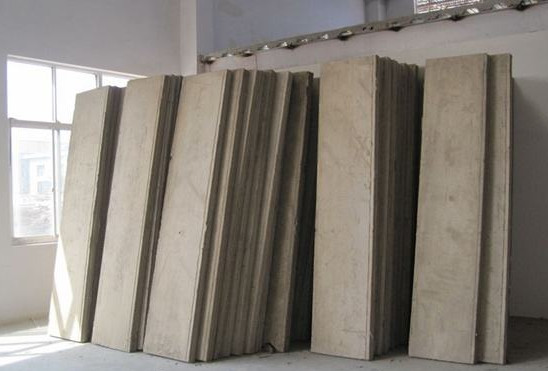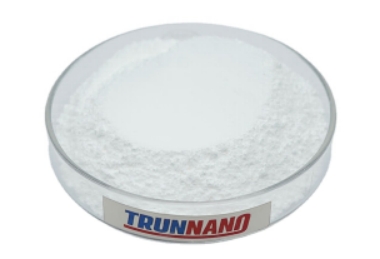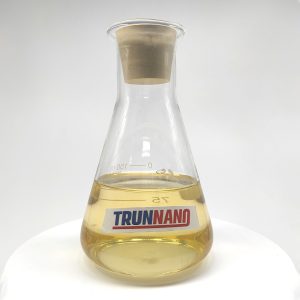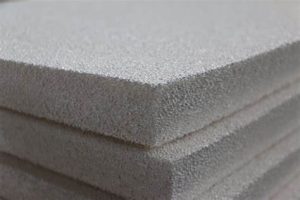Professional solutions on concrete addtives, Concrete Foaming Agent, Superplasticizer, CLC Blocks Additives, and foaming machine
(Polymeric superplasticizers based on polycarboxylates for ready-mixed concrete)
What Polycarboxylate superplasticizer monomer
Polycarboxylate superplasticizer has become the mainstream concrete superplasticizer product due to its sound design, high water reduction rate, and environmental protection. Through the selection and arrangement of monomers in the polymerization process, technicians have been able to synthesize polycarboxylate superplasticizers suitable for different applications, such as early strength type, viscosity reduction type, high water reducing type, high slump retention type, mud resistant type. However, these functional polycarboxylate superplasticizers are mainly realized using different small comonomers. Since the advent of HPEG, the macromonomers used have not been updated for a long time. In this paper, a new polycarboxylate superplasticizer PCE-6C was prepared by using a new type of polyether macromonomer vinyl polyoxyethylene ether macromonomer in recent years, and its monomer conversion, dosage sensitivity, water consumption sensitivity, and temperature sensitivity were studied.
Polymeric superplasticizers based on polycarboxylates for ready-mixed concrete
In the current concrete technology, the chemical admixtures are essential components of the concrete mix. The main progress in concrete technology is associated with the admixtures development. The admixture for concrete is defined as the material added to the concrete mix in a quantity not more than five wt % of the cement mass. Therefore, the concentration of the polymer is too low to form the film inside the hardening cement paste; this can take place when the content of the polymer is higher (in such case, the polymer modifier is called an addition). Most chemical admixtures applied in concrete present anionic polyelectrolytes, which physically adsorb on the cement grain surface for effective acting. Such admixtures aimed at modification of the concrete mix properties were first introduced in the thirties of the last century. Their function was to improve the consistency of the cement paste. The introduction of superplasticizers, which made possible a decrease in the water-to-cement ratio (w/c), afforded a significant increase in the concrete strength. Nowadays, the use of admixtures varies significantly from one country to another. For example, in Japan, almost 100 % of concrete contains admixtures. But, for instance, in the United States, more than 50 % of concrete has chemical agents, although this percentage is increasing constantly as the beneficial role of admixtures is understood. Apart from concrete, polycarboxylate (PCE) superplasticizers are also used to manufacture gypsum materials.
MODIFICATION OF POLYCARBOXYLATES
At present, polycarboxylate superplasticizers are modified by inserting other monomers to afford terpolymers. Particular attention is also paid to the versatility of the liquefying admixtures, i.e., their high effectiveness with various types of cement. For instance, the polycarboxylates modified with methoxy silanes, contrary to the traditional superplasticizers, are very effective when adhesives with high sulfate content are used. In water-reducing admixtures, the research and development of newer polymers is being undertaken utilizing tailored superplasticizers. The currently used superplasticizers have some specific advantages as well as weaknesses. There is a growing demand for polymers to improve the consistency of the concrete mix with an extended time of practical action and simultaneously inducing no excessive bleeding of water from the mix, air-entraining, and set-retardation. Besides the primary criterion of the superplasticizer’s action, the other requirements are considered, like the versatility of use, easy production, and application, stable efficiency at various temperatures, no negative impact on the environment (with a favor for the superplasticizers “consuming” the wastes and allowing for saving the water, cement, and energy). When designing new superplasticizers, introducing an acidic group other than the carboxylic one into the polymer’s structure can be considered. Also, the chain of poly(ethylene oxide) can be modified by the introduction of other hydrophilic units, especially those characterized by branched structure, providing reduced viscosity of the polymer solution.
Price of Polycarboxylate superplasticizer monomer
Polycarboxylate superplasticizer monomer particle size and purity will affect the product's Price, and the purchase volume can also affect the cost of Polycarboxylate superplasticizer monomer. A large amount of large amount will be lower. The Price of Polycarboxylate superplasticizer monomer is on our company's official website.
Polycarboxylate superplasticizer monomer supplier
If you are looking for high-quality Polycarboxylate superplasticizer monomer, please feel free to contact us and send an inquiry. (sales@cabr-concrete.com). We accept payment via Credit Card, T/T, West Union, and Paypal. TRUNNANO will ship the goods to customers overseas through FedEx, DHL, by air, or by sea.
(Polymeric superplasticizers based on polycarboxylates for ready-mixed concrete)









